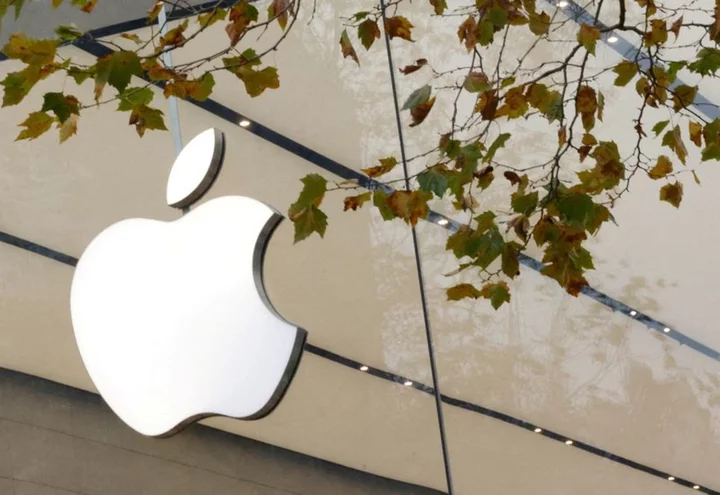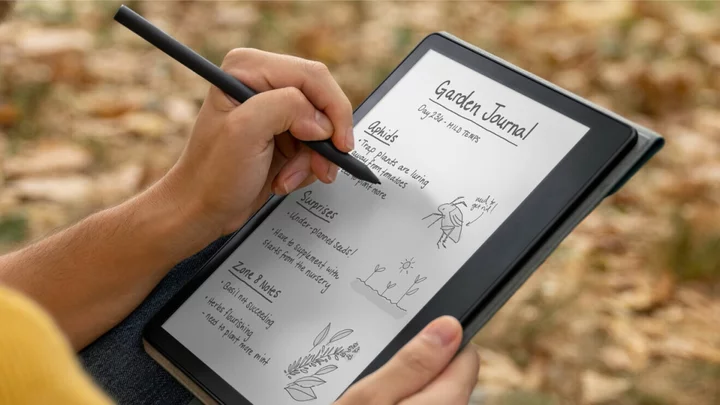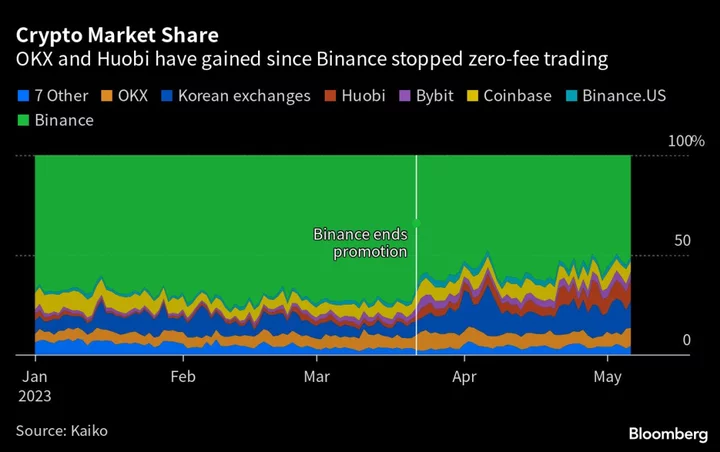
ChatGPT monthly traffic has dropped for the first time
For the first time, ChatGPT desktop and mobile traffic has declined. Is it just growing
2023-07-07 01:23

Space Nation Unleashed: Legendary Founders Transform the Gaming and Entertainment Landscape with Next-Gen Transmedia Franchise
LOS ANGELES--(BUSINESS WIRE)--Jun 29, 2023--
2023-06-29 20:23

Volkswagen Is Testing Its Driverless Vehicles in Austin
Volkswagen has launched its first autonomous driving test program in the United States. The program
2023-07-10 02:59

The Best Android Games for 2023
The Android gaming market features outstanding gems that deserve a home on your Android phone
2023-07-04 23:27

Italy's antitrust probes Apple for alleged abuse of app market dominance
ROME Italy's antitrust agency AGCM said on Thursday it had opened a probe into U.S. technology giant Apple
2023-05-11 14:17

Mechanical sails? Batteries? Shippers forming 'green corridors' to fast-track cleaner technologies
Water transport is a cost-efficient way of moving goods and people — but it emits lots of greenhouse gases
2023-05-27 12:20

Google releases plan to protect you from AI threats
As more organizations move toward the adoption of generative AI, Google wants us all to
2023-06-09 06:49

Tesla Is Still an Auto Stock Despite the AI Hype, Analyst Says
A long-time Tesla Inc. bull poured water on investors’ hopes that the electric-vehicle maker’s shares can get a
2023-06-02 04:56

Until noon ET today, you can get a Kindle Scribe for 18% off
Save $75: Until noon ET on Aug. 23, the Kindle Scribe (64GB, with a Premium
2023-08-23 20:46

Chinese Hackers Targeting US, Guam Aim to Disrupt Communications, Microsoft Says
A Chinese state-sponsored hacking group has stealthily gained access to infrastructure organizations in Guam and elsewhere in the
2023-05-25 17:55

EU Climate Chief Timmermans Resigns in Bid to Be Dutch Prime Minister
European Union climate chief Frans Timmermans will step aside from his role as he leads the Dutch left
2023-08-23 00:50

MTG Standard Ban Leak Faked, WOTC Confirms
After an online frenzy following a potential leak of banned cards, Wizards of the Coast confirmed the leak is fake.
2023-05-24 05:46
You Might Like...

How to Bypass a Ringing Phone and Go Straight to Voicemail

Drop in Binance’s Crypto Dominance Boosts Rival Exchanges Huobi and OKX

Don't Call It a Comeback: Furby Returns for Its 25th Anniversary

Dr Disrespect: Popular streamer takes a jibe at Elon Musk after Twitter CEO announcement

DeSantis campaign accused of using fake AI images of Trump hugging Fauci in ad

Google lays off staff at its mapping app Waze

X has ditched a political misinformation reporting feature, researchers say

How tall is Jacob Day? Exploring height of Tiktok star rumored to be dating his cousin Sadie Mckenna
